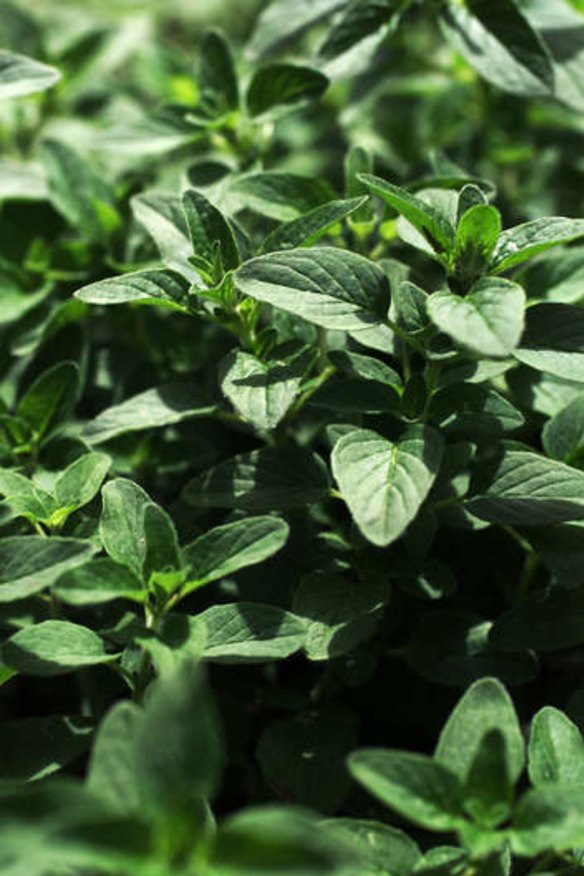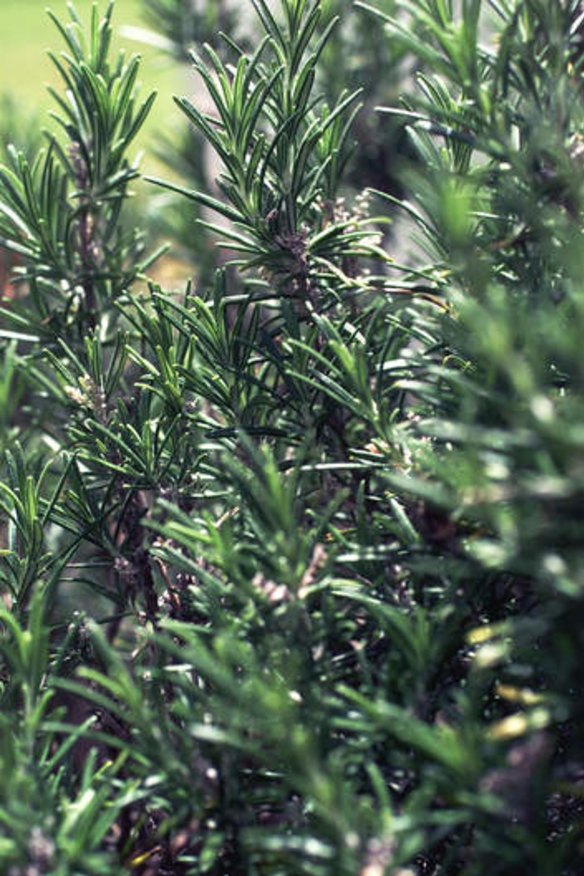Tips for growing herbs

A herb garden is a must for every cook. You can have a tidy little herb garden in the smallest of spaces - just one square metre of garden bed, or near your kitchen in window boxes or tubs, and herbs grow quite quickly.
Herbs lend themselves to organic growing. They do not need nor benefit from chemical fertilisers and many can grow in less than bountiful soils. But in general, they do need well-drained soils and in a sunny location - although tarragon and chervil grow much better if they can be shaded from the hot afternoon sun.
Don't over-water or over-feed herbs. If you do the plants at best will be spindly and sappy and have very low levels of essential oils. The Mediterranean herbs including rosemary, sage and thyme have grown for centuries on rocky hillsides where rainfall is scarce. Herbs grow well in a raised bed, which you can build out of railway sleepers, planks of hardwood or brickwork. Don't use treated pine because of the chemicals used as a preservative.

If you want a border or hedge of rosemary or lavender, plant it first to give the overall structure to the garden. Lavender and rosemary can grow quite tall, so consider planting them in the middle of a circular or rectangular bed with the smaller shrubby herbs such as marjoram, thyme, winter savory and lemon balm along the border.
Plant out basil, marjoram, oregano, parsley, sage and winter savory seeds in early spring. Dill and borage are only grown from seed and should be planted directly into the garden bed or pot.
Some herbs grow easily from cuttings, including rosemary, thyme, winter savory, lavender, lemon balm and lemon verbena (see below).
Mint, thyme, oregano, lemongrass and tarragon can be propagated by dividing the roots of an existing plant. Dig up a well-established plant and divide the main root, ensuring each part has good fibrous roots attached.
Once the bushy herbs such as lavender and sage have finished flowering, they need to be pruned. Lavender and rosemary need regular attention and trimming or the plants will become too tall, and the stems will woody and scraggly. Pinch out basil leaves and regularly trim parsley to foster more leaf growth. In autumn prune the dead foliage off perennial herbs such as oregano and tarragon.
This week I will:
■ Plant broad beans, carrots, silverbeet and beetroot directly into a well-prepared garden bed.
■ Plant seeds of lettuces, tomatoes, pumpkins, zucchinis, cucumbers and capsicums into punnets or propagation trays to get your spring plantings under way. For the smaller seed vegetables plant eight to 10 seeds in each punnet; for larger vegetables, plant two or three seeds a punnet. Keep the soil moist and place in a sunny, warm location to ensure good germination.
■ Remove weeds from all garden beds before they overrun recent plantings.
■ Do an early spring clean up around the garden to remove shelter spots for slugs and snails. Remove any broken flowerpots, old broken timber stakes and other debris that could provide cool damp places for them to shelter and breed.
■ Turn over your compost heap using a garden fork. Ensure it is moist throughout, so it generates the heat required for good decomposition rates.
Propagation by cuttings
To propagate a softwood cutting for any herb, cut off a healthy growing tip below another growing tip, aiming to have cuttings of between 10 centimetres and 14 centimetres long. Make an angled cut with a sharp, sterilised pair of scissors or secateurs or a sharp knife. Remove the leaves from the lower half of the cutting and dip this section into a rooting hormone. It is best to pour some of the hormone compound into a shallow bowl to avoid transferring any between plant groups. Use rubber gloves.
Prepare a medium-sized plastic garden pot with a mixture of river sand and peat moss and water well. Make holes in the potting mix with a pencil or small clean stick. Insert the herb cuttings and press the soil down firmly. Cover the entire planting with a plastic bag and seal to retain the moisture. The plants need indirect sunlight to remain alive and healthy, such as inside a north-facing window.
The stems of the plants will begin to grow new roots over the next three to five weeks. Look for signs of new leaves appearing. After six to seven weeks, you should have new plants with good, fibrous root systems that can be transplanted into your garden.
>> Owen Pidgeon runs the Loriendale Organic Orchard near Hall.
The best recipes from Australia's leading chefs straight to your inbox.
Sign up